If you’re wondering when to start transitioning from 3 naps to 2 with your baby, you’re in luck! I have some helpful tips from Babywise on when and how to do it.
First, you may be wondering: what is Babywise and how can it help with transitioning from 3 naps to 2?
Babywise is a sleep training technique based on the Babywise series of books. It involves parent-directed scheduling of a baby’s day and a parent-directed feeding routine for baby.
If you’re new to the term Babywise and are wanting to help your baby sleep and get on a sleep schedule then I highly recommend starting with this post as it explains how to get started with Babywise!
If you’re already familiar with Babywise or you’ve already gone and read that post, then awesome! Read on for more information on transitioning from 3 naps to 2.
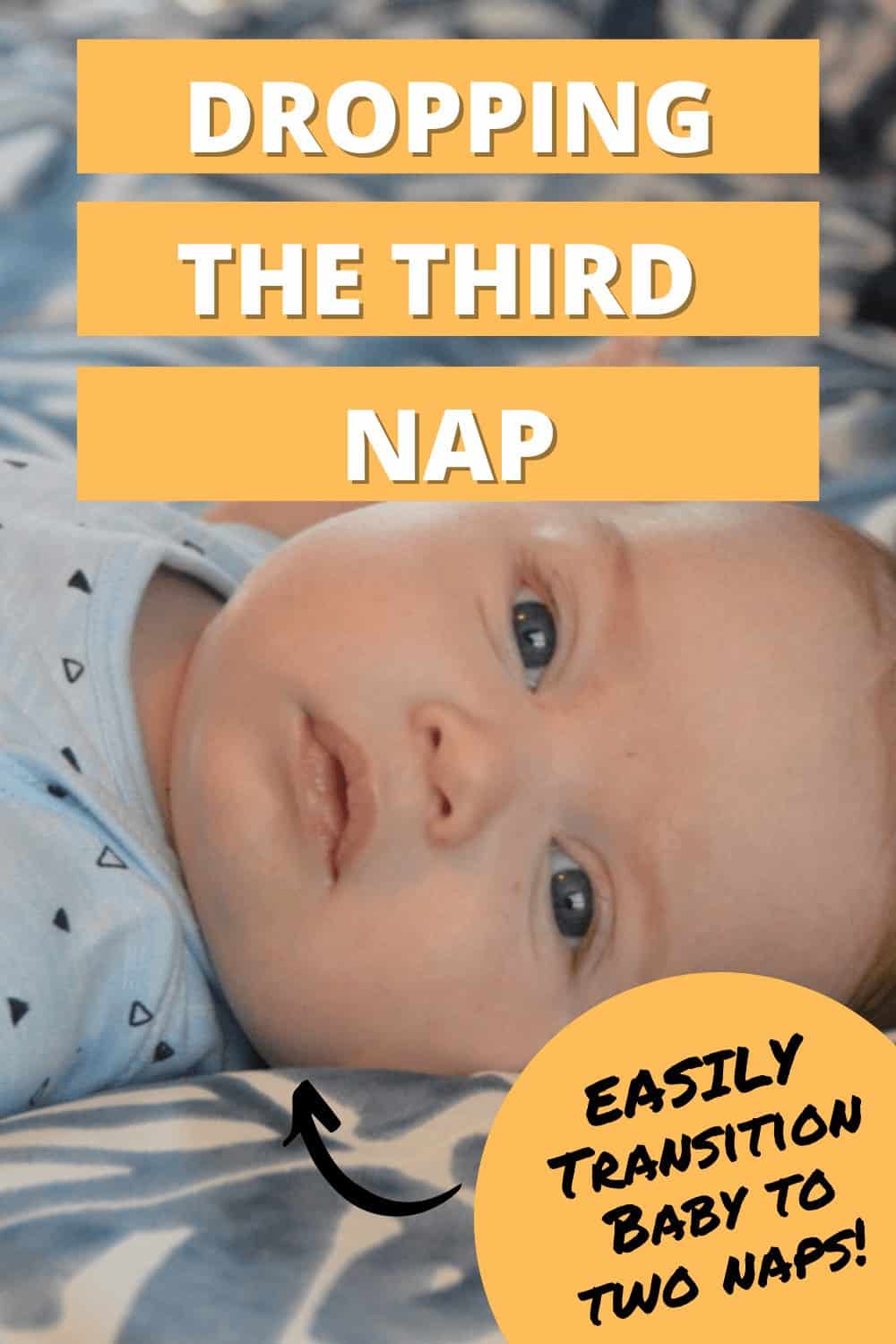
How Many Naps a Day Does Baby Need?
In the book On Becoming Baby Wise Book Two authors Gary Ezzo and Robert Bucknam M.D. discuss when and how to transition from three naps a day down to two naps a day.
Babywise II reiterates the importance of structure and routine in a baby’s day and reminds parents of the key takeaway from the original On Becoming Babywise Book which says that naps are not an option based on babies desires. Parents dictate the baby’s schedule. Not baby!
From page 102 of Babywise II: At six months of age, the average Babywise baby takes two one-and-a-half to two-hour naps, plus an additional “catnap” in the late afternoon. By eight months of age, the baby will require only the morning and afternoon naptimes.
Which Nap Does Baby Drop First?
Typically babies are ready to be on the four hour schedule between four and six months old. At that time your little one will transition into four liquid feedings a day and experience the 4 to 3 nap transition between those feeding times.
You can see sample Babywise sleep schedules for the first six months here as well as an entire year of Babywise schedules here!
When baby starts showing signs of not needing a full third nap it slowly transitions into more of a catnap. Often the evening time is when baby will be the fussiest and experience the witching hour. It’s also a time of day when mom is most likely to feel stressed. Trying to help older kids with homework while cooking dinner and attempting to clean up before Daddy walks in the door for example. So it’s only natural that this is also the typically toughest part of the day with a baby, right? 😉
If breastfeeding it’s also common for supply to dip lower in the evening hours and it’s typically wise to arrange baby’s schedule to do more of a cluster feeding in the evening time. Not only does this help baby stay happier, with a fuller belly, but it also helps baby “tank up” to stay nice and full through the night. Plus it allows Mom to SIT and rest a bit and enjoy those baby snuggles while letting Dad fend for dinner or handle older children bath time etc for a bit. Win-win!
The catnap is beneficial in the evenings as it allows baby to start participating in the family together time activities during the evening awake time. It’s an excellent opportunity for Dad and baby to bond. Maybe Dad handles bath time or does the nightly bedtime routine and reads a book with baby. It’s also an excellent time for older siblings to bond with baby. And it’s a great opportunity to begin introducing solids into baby’s diet during family dinners! (Using Babyled Weaning techniques helps makes introducing solids a breeze!)
Naps tend to fall into place naturally and the same is true when it comes time for baby to drop a nap. The evening nap slowly becomes more of a catnap time rather than a full nap. Baby will be sleeping for only 45 minutes to an hour. Eventually baby stops sleeping at all and the nap is simply dropped.
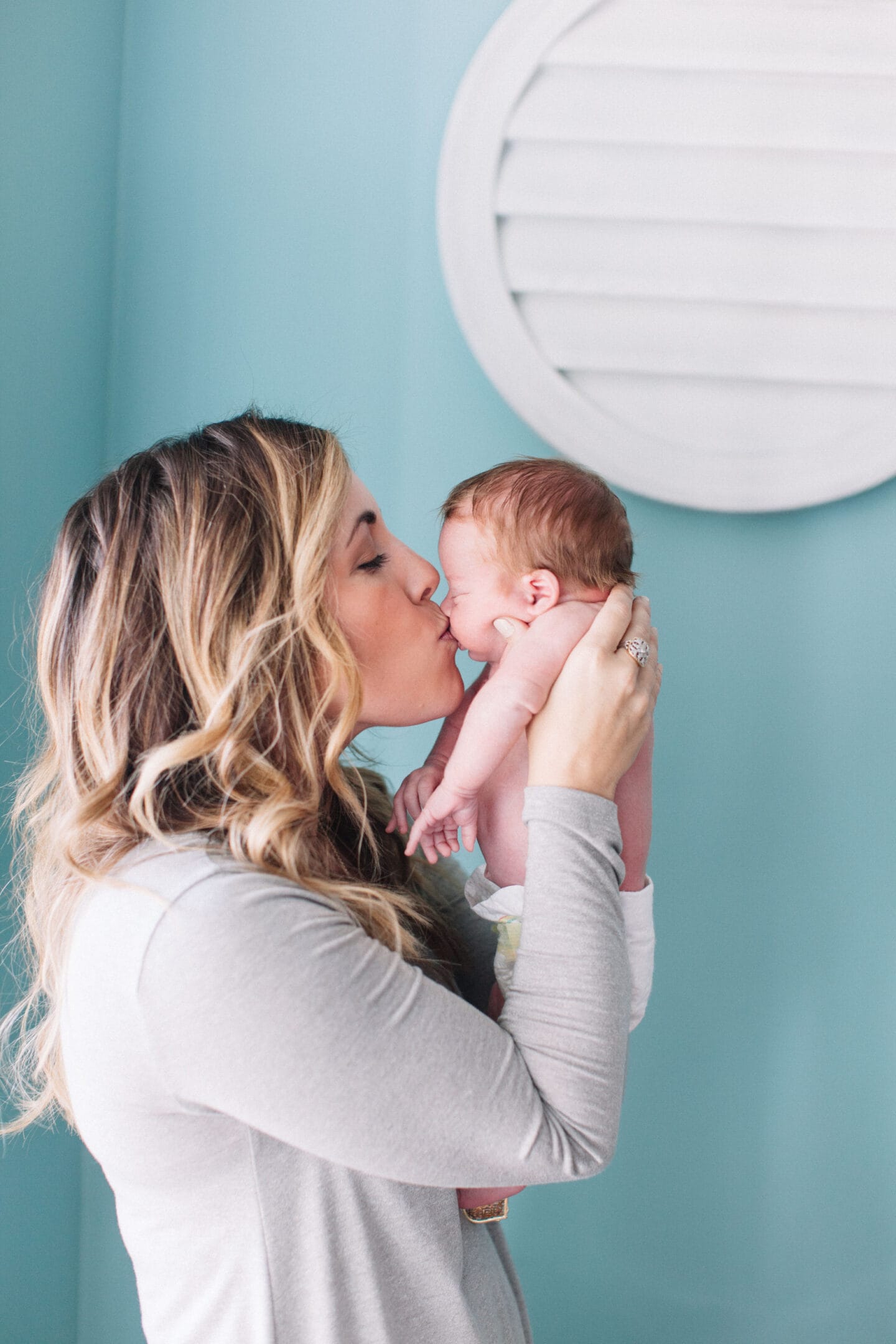
Want More from a Keepin’ It Real Babywise Mama?
Transitioning from 3 Naps to 2 with Babywise
As mentioned earlier, the 3rd nap typically naturally phases out on its own in most cases. Baby will simply start to only sleep for 45 minutes to an hour and then seem to sleep for only thirty minutes and then just not need it at all.
If baby starts to have trouble going down for bed at bedtime for the night it’s often a sign that it’s time to drop the evening nap. And on the other end, if baby begins waking before desired wake time in the morning it can also be a sign that the catnap is starting to negatively impact night sleep.
If baby seems more alert at bedtime and has a tough time setting into sleep or begins waking again during the night it may be due to having too much sleep during that evening catnap time period.
Earlier naps may also be impacted when it’s time to drop the evening catnap! If baby starts waking early during the day or struggling to fall asleep it may also be a sign that it’s time to shift away from the evening nap.
Often you will know it’s time for baby to drop the third nap when they simply stop sleeping for it. Baby may lay happily in the crib during this time or not fall asleep at all during the scheduled cat nap.
Does Baby Have to Drop the Third Nap?
Some babies are higher sleep needs and may hold onto the third nap longer and that’s okay too! If your baby sleeps solid during that evening nap AND sleeps solid through the night as well as for the morning nap and afternoon nap then it’s fine to allow baby to hold onto that evening nap a bit longer.
Again, Mom and Dad dictate the schedule always keeping baby’s individual and unique needs in mind! Do what works best for YOUR baby and YOUR family!
I’ve had four children and they all tended to be ready to drop the evening cat nap and different ages and during different milestones. My lower sleep needs babies dropped the nap at a younger age than my higher sleep needs baby. There is no perfect Babywise baby!
How to Start Transitioning From 3 Naps to 2
Out of all the nap times, the third nap schedule is the most flexible and least valuable nap of the day. Bedtime is just around the corner so skipping the catnap is usually not going to cause any sort of sleep regression or impact night sleep.
As baby seems to show signs of not needing a full nap in the evenings, start to shift your own perspective about that nap time. Consider it more of an on-the-go or flexible nap! It’s the one nap where sleeping in the crib in the ideal sleep environment isn’t as important or detrimental to baby’s sleep routine.
Let baby nap on the go! Go on a date with your husband and let baby snooze in the car seat. Wear baby in a baby carrier as you cook dinner. Let baby hang out in the swing while you eat a family meal. Practice letting baby sleep in the pack and play to help baby be an easy traveler for trips!
When it comes time to drop the catnap completely set yourself up for success by planning to get OUT of the house. Go on a family walk! Go out to dinner! Meet up with family! Visit friends! Go to church! Break up routine to help baby stay awake as well as stay HAPPY and minimize fussiness.
As with any transition it’s important to give it a solid five days when changes are made. When you make the decision to drop the catnap, don’t go back. Allow baby to sleep longer for the morning nap and afternoon nap if desired and shift the bedtime routine earlier for those five to seven days to allow baby to get adjusted to not having that evening nap time sleep.
If after five days baby still seems very tired or in need of that extra sleep during the evening then it’s okay to reintroduce it. However, it’s very unlikely that you’ll find it necessary!
What to Expect When Transitioning From 3 Naps to 2
As baby drops the evening catnap, the length of the morning and afternoon nap may increase. Baby may sleep longer and sleep more solid for those naps. Often babies may even convert a two hour afternoon nap to a three or even four hour afternoon nap! As long as night sleep isn’t negatively impacted by the longer afternoon nap it is fine to let baby sleep longer.
It is also common that baby may become tired prior to bedtime once the catnap is dropped. Bumping bedtime earlier can help baby adjust during the nap transition. It is better to put baby down for bed earlier rather than risk baby becoming overtired.
As mentioned earlier the evening hours are common times for baby to be naturally more fussy. Baby may be more clingy, nurse for longer periods, and struggle to enjoy any wake time activities. This is normal! Do not worry that you’ve made a mistake in dropping the evening nap. It may take time for baby to adjust but there are also many advantages to no longer having to be at home during the evening time for that catnap.
A word of note to mama’s: the evening times are often the most difficult times with baby but also the most difficult times for US. We feel the stress of the day weighing down on us. We’re worn out. We’re tired. And adding a fussy baby on top of it all can feel overwhelming. Postpartum depression can often be referred to as “sundowners” due to the emotions that hit in the evening hours.
Make sure to communicate with your husband about YOUR NEEDS. If he’s home in the evenings, this is an excellent opportunity for you to get some solid self-care time. It’s a great time to practice bottle feeding and allow your husband to handle feeding baby so you can just GO. Walk the aisles at Target. Eat dinner in the car. Meet up with a friend. Find things that bring you JOY and help to refill your cup!
What to do with Baby Once Third Nap is Dropped
As baby drops naps, life has more and more freedom!
Transitioning from 3 naps to 2 allows for more evenings out and about rather than always needing to stay close to home.
It also allows baby to be awake when the entire family is together. Daddy is home from work, siblings are home from school. It can be a beautiful time to bond and to participate in family activities like eating dinner together, having “little helpers” at bath time, reading family stories and participating in family prayer time too.
The larger chunk of awake time in the evening can also be an excellent time to introduce independent playtime. Baby learns to play on their own and entertain themselves, freeing Mom up to be able to handle the evening tasks!
Personal Experiences Transitioning From 3 Naps to 2 with Babywise
I started Babywise with my oldest around three weeks old but I began implementing Babywise techniques from birth with my other three children.
Here are details about each of my experiences with transitioning from 3 naps to 2:
Dropping Third Nap with Oldest Baby (Kye):
At 6 months old Kye’s schedule included three naps at 9 AM, 1 PM and 5 PM. The 5:00 PM nap was frustrating as it was so limiting on what we could do!
All throughout his 7th month (he was 6 months old) he just still seemed to need it. His naps were kinda more random though and sometimes he’d sleep for only 30 min at the 5:00 one and sometimes he’d sleep the full 2 hours and needed to be woken up. It wasn’t reliable and that made it even more annoying. It also made his other naps different too and I got to the point that I was over it!
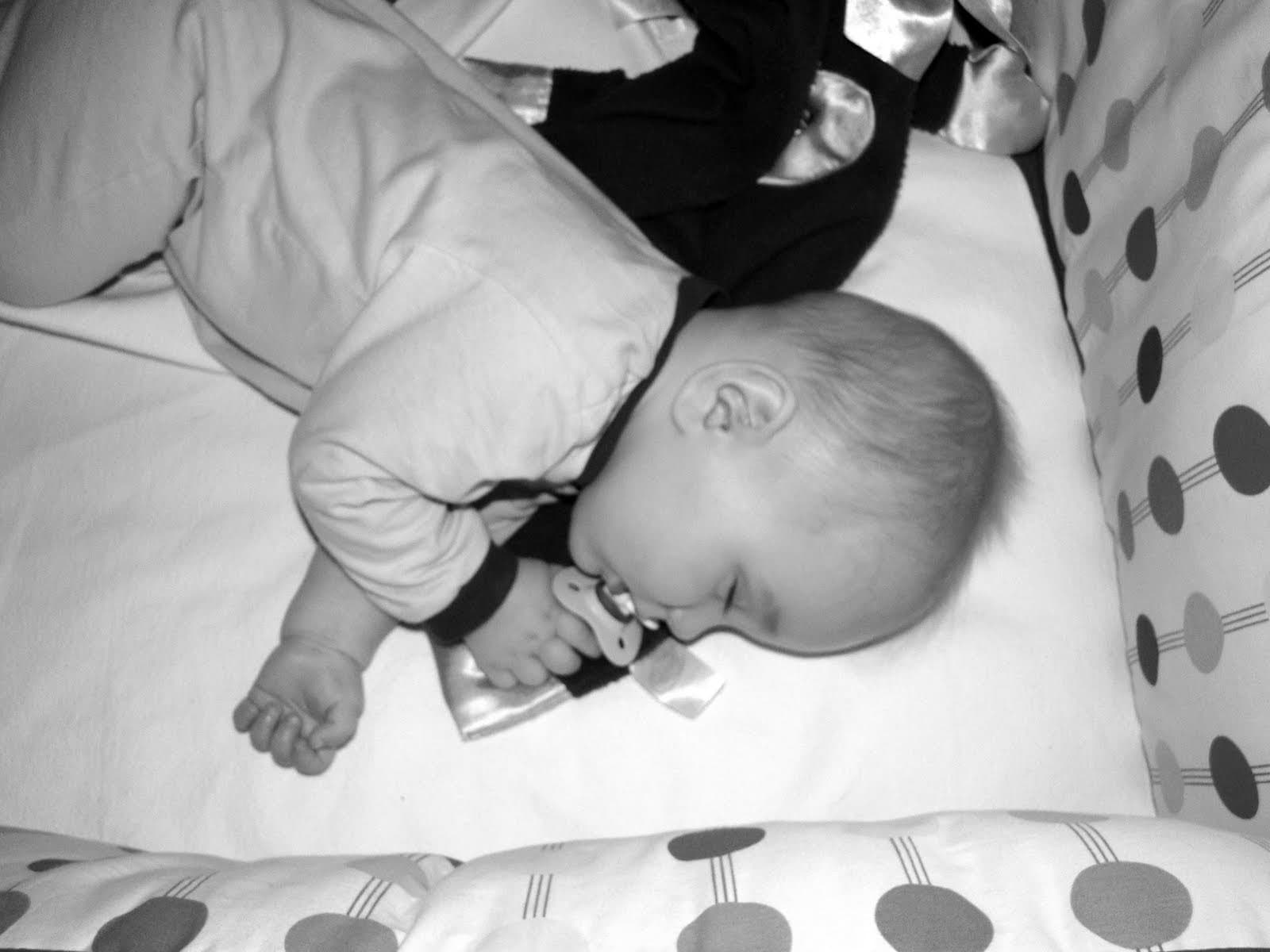
When we got to the point that we were over the nap struggle, we just went ahead and fully dropped it cold turkey. We didn’t go and do a lot and it didn’t make sense for us to have him take that nap sometimes and then not take it other times.
We stayed really busy on the day we dropped it and went out to dinner. We tried to go and do a lot in the evenings but it did take him a solid three WEEKS to fully adjust to no longer having that evening nap. As a more experience mom now, I would change how I handled dropping this nap for Kye and would have transitioned it into more of a catnap and then slowly weaned from it over time.
For those three weeks or so he seemed very tired in the evenings and would get fussy around 5ish when he was used to going down. He was also going through a wonder week period and a developmental leap so that wore him out and we bumped bedtime earlier for a month or so as he got adjusted!
I also let him sleep longer for his afternoon nap if desired. Instead of waking him right at 3:00 I would let him sleep up until 3:45ish and then wake to feed him!
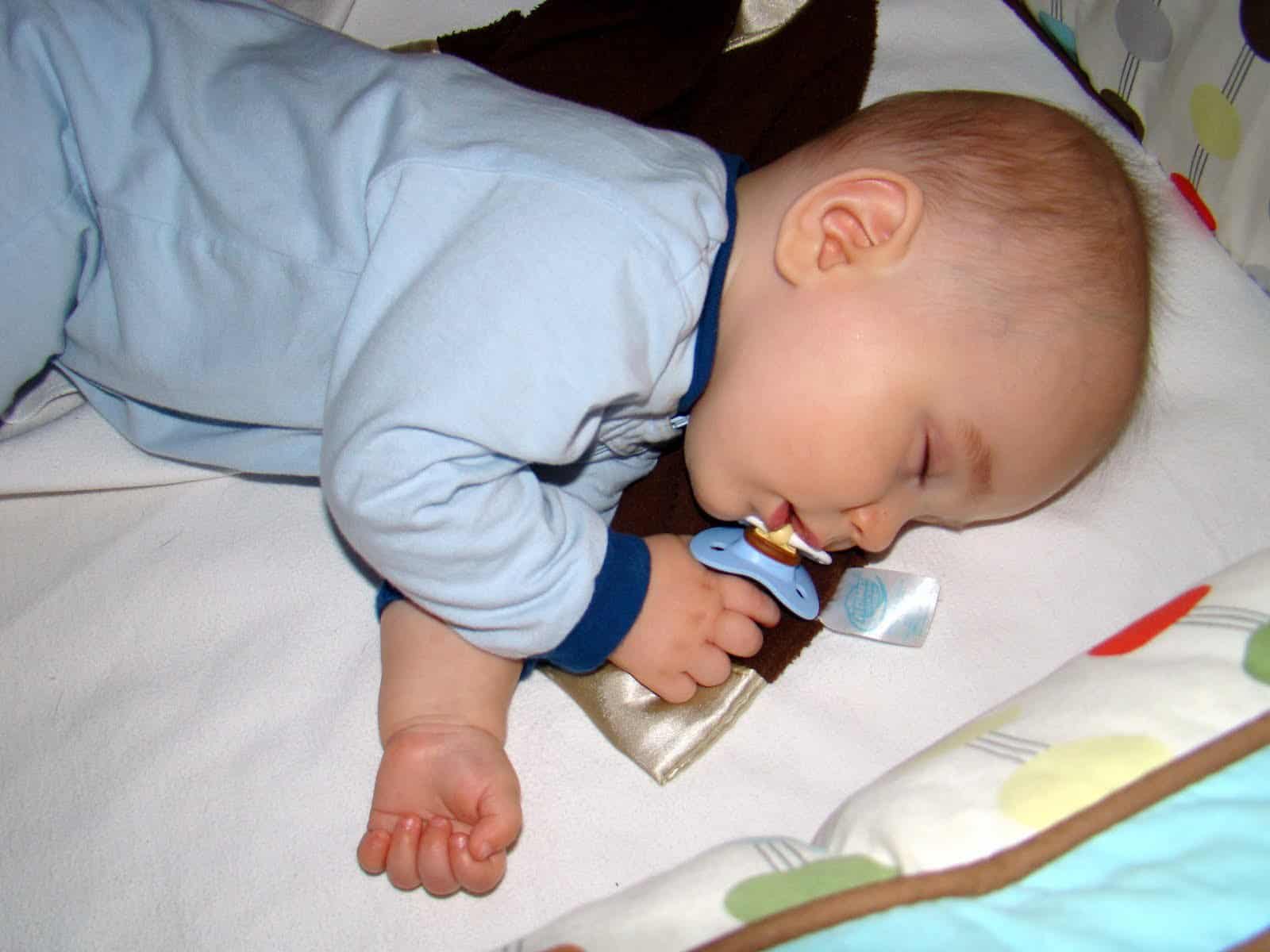
Dropping the Third Nap with Second Baby (Britt):
Britt was a more high sleep needs child than Kye and when she was a week or so away from being 8 months old she was sleeping for about an hour and 15 minutes for the evening nap. We had to go over to my in-laws as our washing machine broke and Britt refused to sleep. She cried and cried which was just NOT like her so we decided to go ahead and drop the nap right then and there!
Transitioning from 3 naps to 2 was fairly easy with her and she continued to sleep well for them all as well as her nighttime sleep. You can read more about the experience of dropping her third nap here.
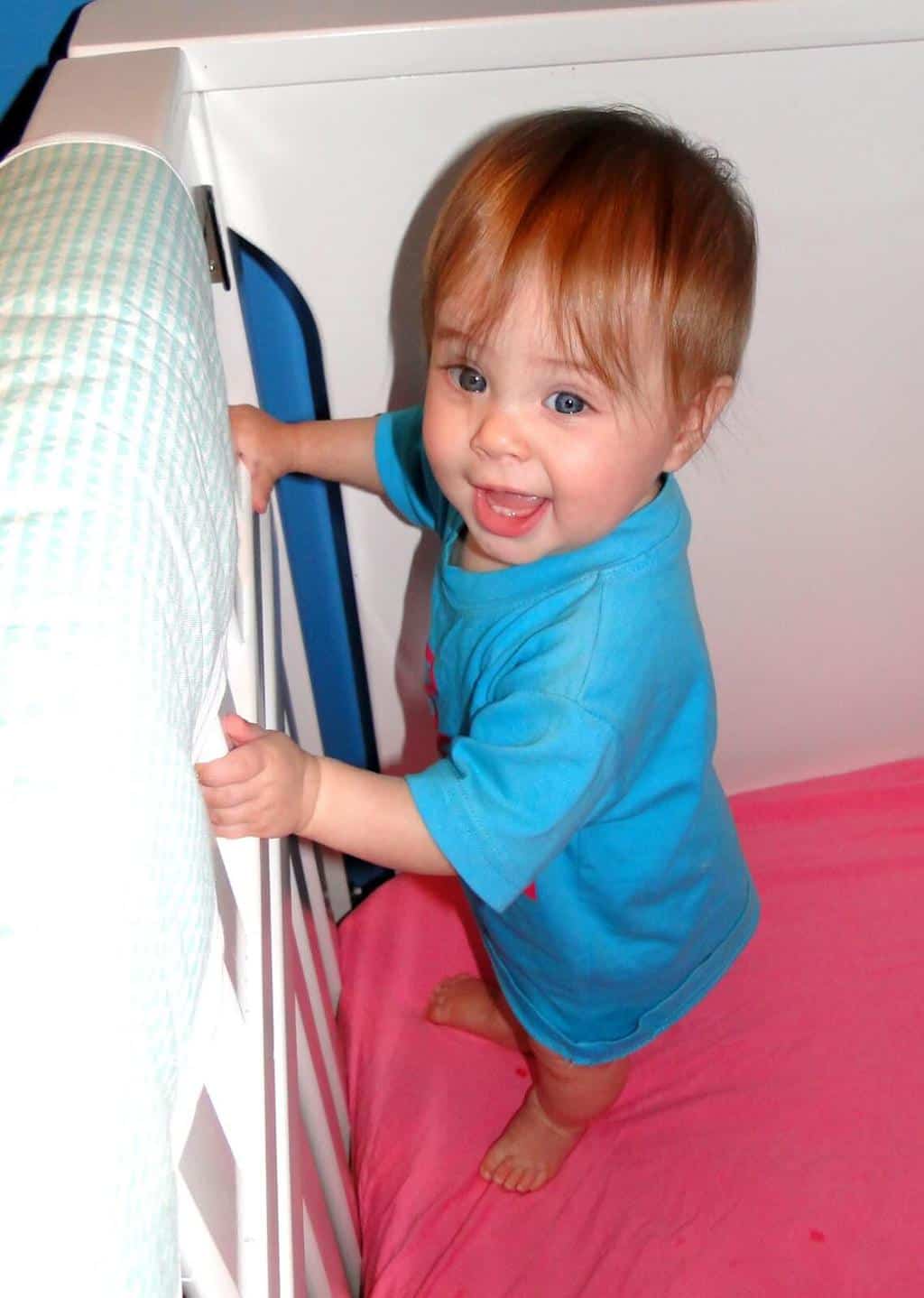
Dropping the Third Nap with Third Baby (Tess):
Tess was always my lowest sleep need baby. She also struggled THE worst with the four month sleep regression.
It’s not a surprise that as a 6 month old she was ready to drop nap and handled the transition beautifully. Child just never required that much sleep!
Tess was my youngest to go through teething struggles and started waking at night due to that pain and also started to have disrupted nap sleep during the day due to the teething. She started to self-wean from the third nap and was down to only sleeping for 15 minutes or so and it caused her to be upset when I had to wake her to eat. She also started to wake up around the 6 am hour when her desired wake time was 7, another sign that the catnap had to GO!
You can read more details about Tess’s nap transitions at 6 months old here!
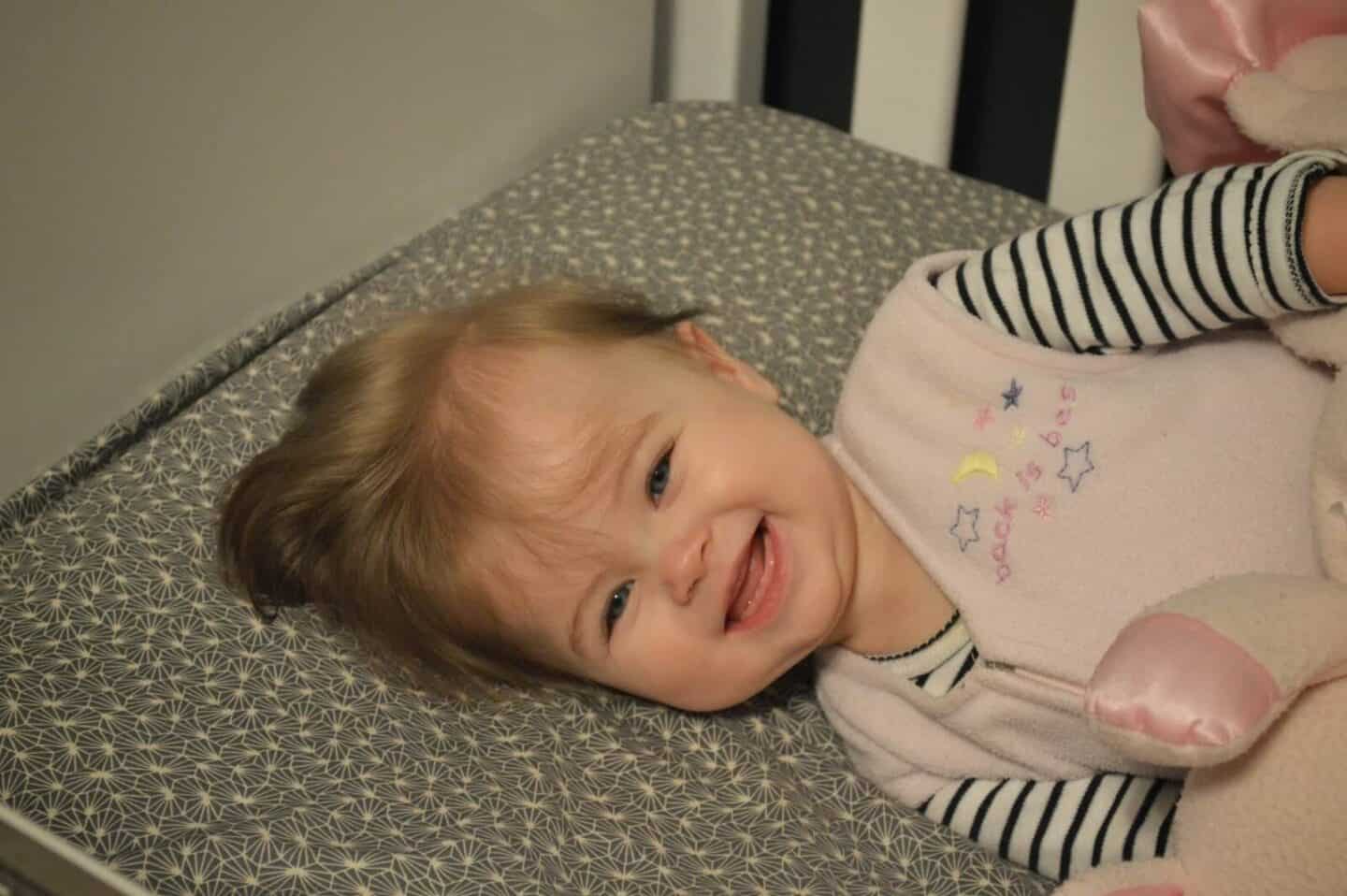
Dropping the Catnap with Fourth Baby (Spear)
Spear was very much like Britt in that he was a very high sleep needs baby. He was my baby that clung to each nap the longest and he was eight months old before we started dropping the third nap.
There is just something magical about that last baby, as a mama you stress SO MUCH less!
He was sleeping SOLID for that evening nap still for a full two hours (from 5-7) and then turning around and going back to sleep through the night! We decided to drop the full nap cold turkey because he was just so OLD to still be having it.
We tried transitioning from 3 naps to 2 cold turkey and he just struggled. He was super fussy and it was obvious he was just SO TIRED. So we decided to reintroduce the evening nap as a catnap for him. It worked really well! We’d lay him down at 5:00 and if he fell asleep we’d wake him at 6:00, if he didn’t fall asleep we’d get him up at 5:30.
On days he didn’t have the cat nap we bumped bedtime earlier and he was SO sweet and snuggly!
Here is the post about transitioning from a full nap to a catnap for him!
By the time he was 10 months old we did finally completely drop the cat nap 🙂
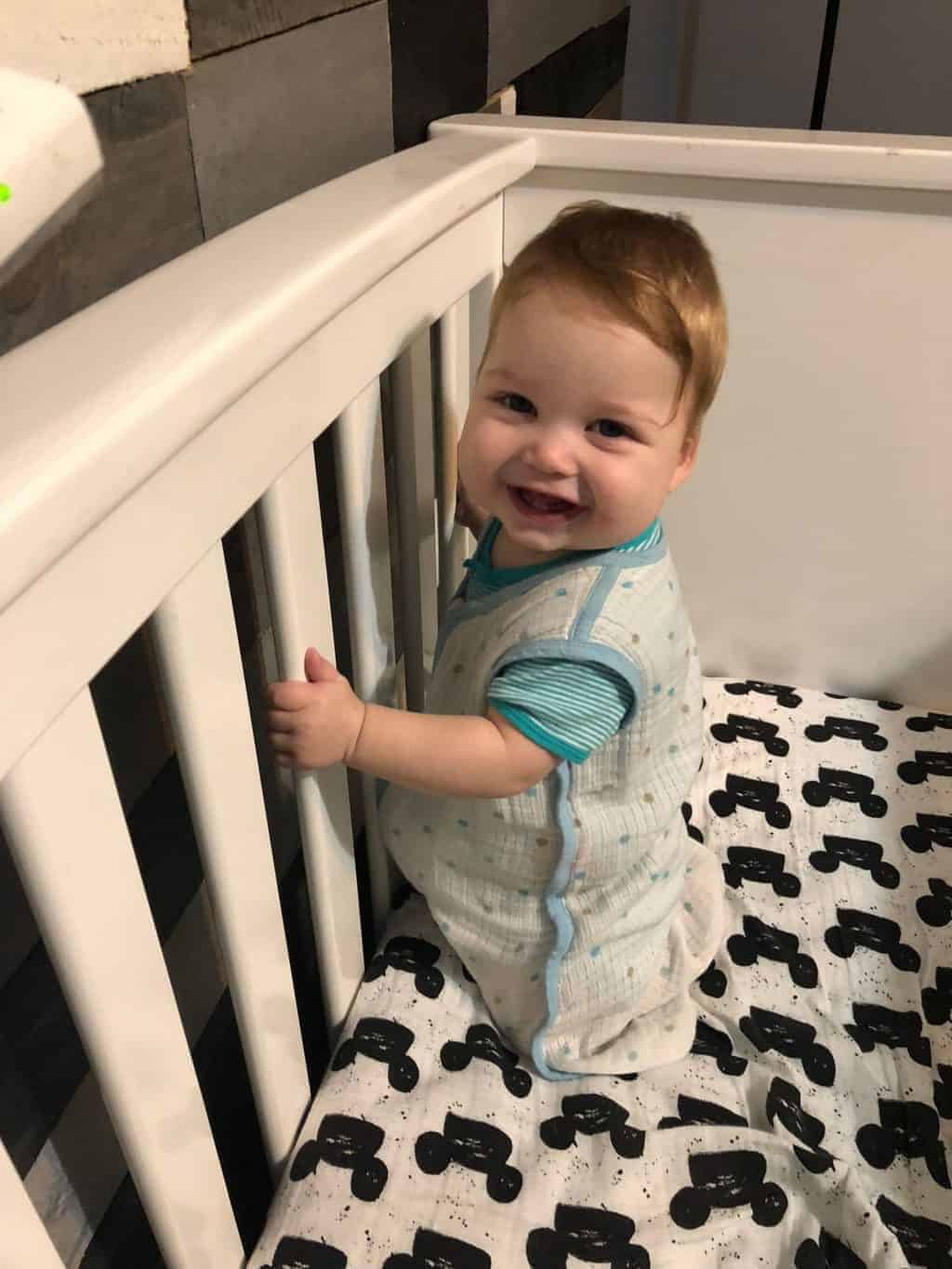
Conclusion
Transitioning from 3 naps to 2 does not have to be stressful. There is no exact science as to when your baby needs to experience the three to two nap transition and there is no time limit as to how long to hold onto an evening catnap.
Like all areas of parenting, your unique child will have their own unique sleep needs and it’s a lot of “guess and check” to see what tweaks need to be made in their daily schedules to best help baby get the sleep they need!






